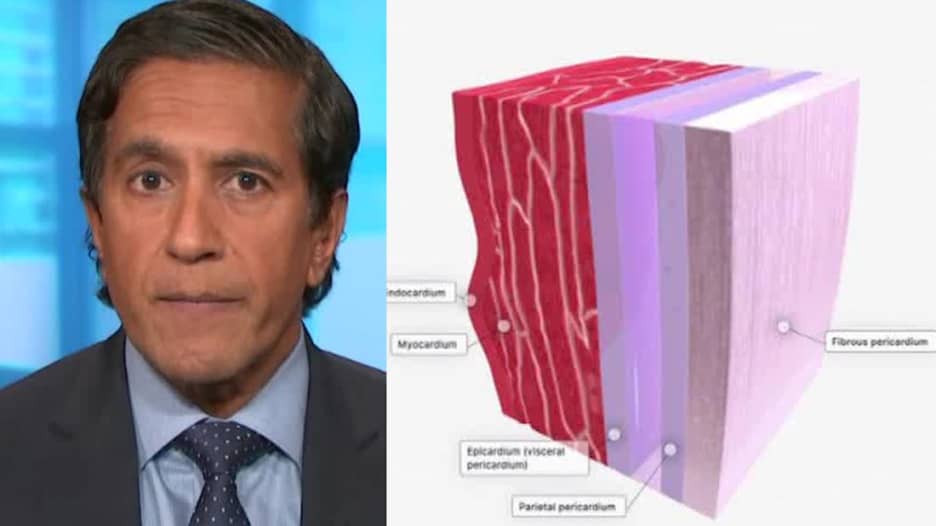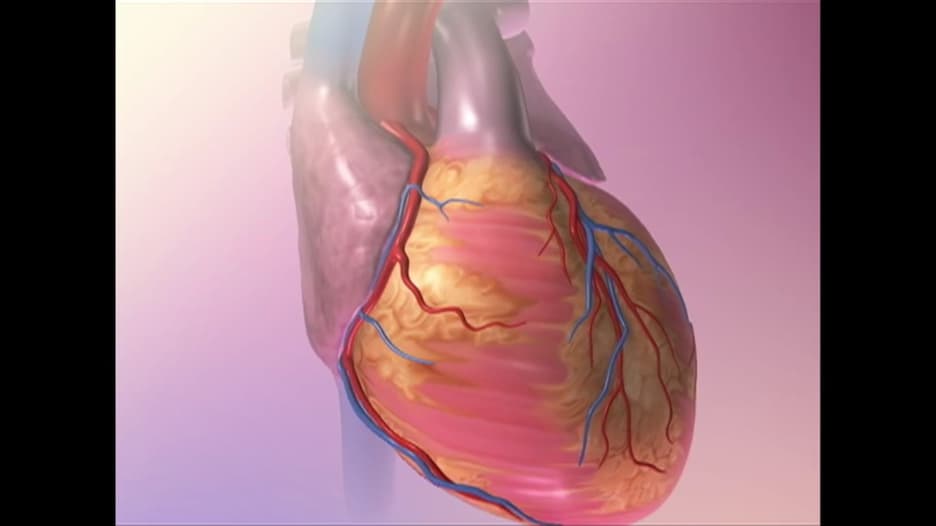دبي، الإمارات العربية المتحدة (CNN)-- في المرة التالية التي يُقاس فيها ضغط دمك عند الطبيب، قد تفكر في طلب أخذه من كلا ذراعيك.
ويمكن أن يكون الاختلاف الكبير في القراءة الانقباضية العلوية بين الذراعين علامة تحذيرية لنوبة قلبية، أو سكتة دماغية في المستقبل، وفقاً لتحليل جديد لـ24 دراسة عالمية نُشرت الإثنين في مجلة "Hypertension".
يُقاس ضغط الدم بوحدة ملليمترات من الزئبق (يُختصر بـmmHg)، وهو يتكون رقمين، وهما القراءة العلوية (أو الانقباضية) التي تمثل أقصى قدر من الضغط في الشرايين، والقراءة السفلية (أو الانبساطية) التي تُظهر الضغط في الشرايين عندما تكون عضلة القلب في حالة راحة بين الضربات.
ووجدت الدراسة الجديدة أنه مع كل درجة اختلاف بين الذراعين يزيد عن 10 ملليمترات من الزئبق، فإن خطر الإصابة بذبحة جديدة (ألم في الصدر)، أو نوبة قلبية، أو سكتة دماغية تزداد بنسبة 1% خلال العقد التالي.
وفي بيان، قال محاضر أول سريري في جامعة "إكستر" بالمملكة المتحدة، كريس كلارك: "لقد علمنا لفترة طويلة أن الاختلاف في ضغط الدم بين الذراعين مرتبط بنتائج صحية أسوأ".
ووفقاً لكلارك، تخبرنا هذه الدراسة أنه "كلما زاد الاختلاف في ضغط الدم بين الذراعين، زادت مخاطر الإصابة بأمراض القلب والأوعية الدموية، ولذلك من المهم حقاً قياس كلا الذراعين لتحديد أي المرضى قد يكونون معرضين لخطر متزايد بشكل كبير".
المفتاح يكمن في القراءة الانقباضية
وتعتبر جمعية القلب الأمريكية ضغط الدم طبيعياً عندما يكون الرقم العلوي أقل من 120، والعدد السفلي أقل من 80.
ويُعد وجود اختلاف بمقدار 10 ملليمترات من الزئبق أو أقل بين الذراعين أمراً طبيعياً ولا يدعو للقلق، وفقاً للجمعية.
ومع ذلك، قد تكون القراءات الأعلى بين الذراعين علامة على تضيق أو تصلب الشرايين، ما قد يؤثر على تدفق الدم.
وقالت الدراسة إنه على عكس المبادئ التوجيهية في الولايات المتحدة، فإن تلك الموجودة في المملكة المتحدة والاتحاد الأوروبي تعترف "بفرق انقباضي قدره 15 ملليمترات زئبقية أو أكثر بين الذراعين كحد أدنى يشير إلى مخاطر القلب والأوعية الدموية الإضافية".
وقال المؤلف المشارك في البحث، فيكتور أبويانز، وهو أستاذ ورئيس قسم أمراض القلب في مستشفى جامعة "دوبويترين" في ليموج بفرنسا، إن الدراسة تظهر ضرورة إعادة تقييم الإرشادات الدولية.
وقال أبويانز في بيان: "نعتقد أن فرقاً بمقدار 10 ملليمترات من الزئبق يمكن اعتباره الآن حداً أعلى لما هو طبيعي لضغط الدم الانقباضي بين الذراعين عندما يتم قياس كلا الذراعين بالتتابع خلال المواعيد الطبية الروتينية".
وأضاف أبويانز: "يجب دمج هذه المعلومات في الإرشادات المستقبلية والممارسات السريرية في تقييم مخاطر الإصابة بأمراض القلب والأوعية الدموية. وسيعني هذا أخذ المزيد من الأشخاص بعين الاعتبار لتلقي العلاج الذي قد يقلل من مخاطر إصابتهم بالنوبات القلبية، والسكتة الدماغية، والموت".
وبينما توصي الإرشادات الدولية حالياً بهذه الممارسة، إلا أنه "يتم تجاهلها على نطاق واسع".
وقال كلارك: "في حين أن توصي الإرشادات الدولية حالياً بالقيام بذلك، إلا أنه يحدث فقط حوالي نصف الوقت في أحسن الأحوال بسبب ضيق الوقت عادةً".







